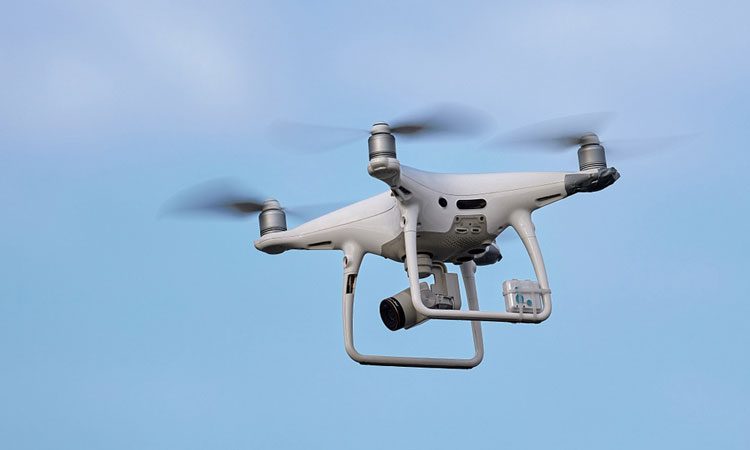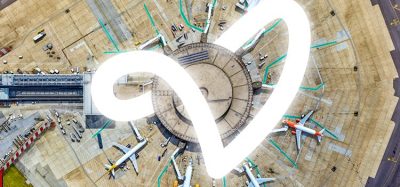Drones can now be tracked using the mobile communications network
- Like
- Digg
- Del
- Tumblr
- VKontakte
- Buffer
- Love This
- Odnoklassniki
- Meneame
- Blogger
- Amazon
- Yahoo Mail
- Gmail
- AOL
- Newsvine
- HackerNews
- Evernote
- MySpace
- Mail.ru
- Viadeo
- Line
- Comments
- Yummly
- SMS
- Viber
- Telegram
- Subscribe
- Skype
- Facebook Messenger
- Kakao
- LiveJournal
- Yammer
- Edgar
- Fintel
- Mix
- Instapaper
- Copy Link
Posted: 30 May 2019 | International Airport Review | No comments yet
Droniq provides a technical platform to track drones, enabling flights beyond the visual line of sight of the pilot in the future.


DFS and Deutsche Telekom have together developed a technology that uses the mobile communications network to track drones.
This puts in place one of the central preconditions to be able to safely operate drones across larger distances, and not just in close vicinity to the pilot. Delivering this precondition is a necessary step for the economic operation of unmanned aircraft systems.
Tim Höttges, CEO, Deutsche Telekom AG, said: “Our technology finally makes it possible to fully exploit the potential offered by drones operated in a professional setting. With Droniq, we have combined the aviation expertise of DFS with Deutsche Telekom’s competence in mobile communications.”
The core of the product offering is a UAS Traffic Management System (UTM) which processes the position data of drones and displays them together with the tracking data of manned aircraft. In this way, a complete air situation display is created. The UTM system also offers additional functions for the safe operation of drones in German airspace, including registration, mission planning and an automated process for obtaining any permissions required for a particular mission.
Klaus-Dieter Scheurle, CEO of DFS, commented: “Droniq offers an entry into the commercial operation of unmanned aircraft systems, especially for drone flights beyond the visual line of sight. That is why we are introducing the first operational UTM system in Germany on the market to integrate drones safely and fairly into airspace.”
The hardware currently needed is made up of a special modem with an integrated SIM card, the so-called hook-on device. After this device is hooked on, or mounted, on the drone, it can transmit the position of the drone and its identification to the UTM system using the mobile communications network. In addition to this basic data, the network can be used to transfer other information, such as image and survey data in real time. The goal is to develop the product into a purely digital solution. This will require drone manufacturers to equip their drones with an LTE module as standard. Then users would only have to activate the SIM card to be able to use the UTM system.
At first, Droniq will focus on the German market, the home market for DFS and Deutsche Telekom. Then a phased expansion across Europe is planned. Droniq’s primary target market is commercial users in the infrastructure, surveying and agricultural sectors which intend on flying drones beyond the visual line of sight. Other potential users include the police, fire and rescue services as well as users from the general aviation environment. Training courses for drone operators and individual consultancy services are already part of Droniq’s portfolio.
Related topics
Aeronautical revenue, Air traffic control/management (ATC/ATM), Airport Collaborative Decision Making (A-CDM), Drones, New technologies, Regulation and Legislation, Safety


















